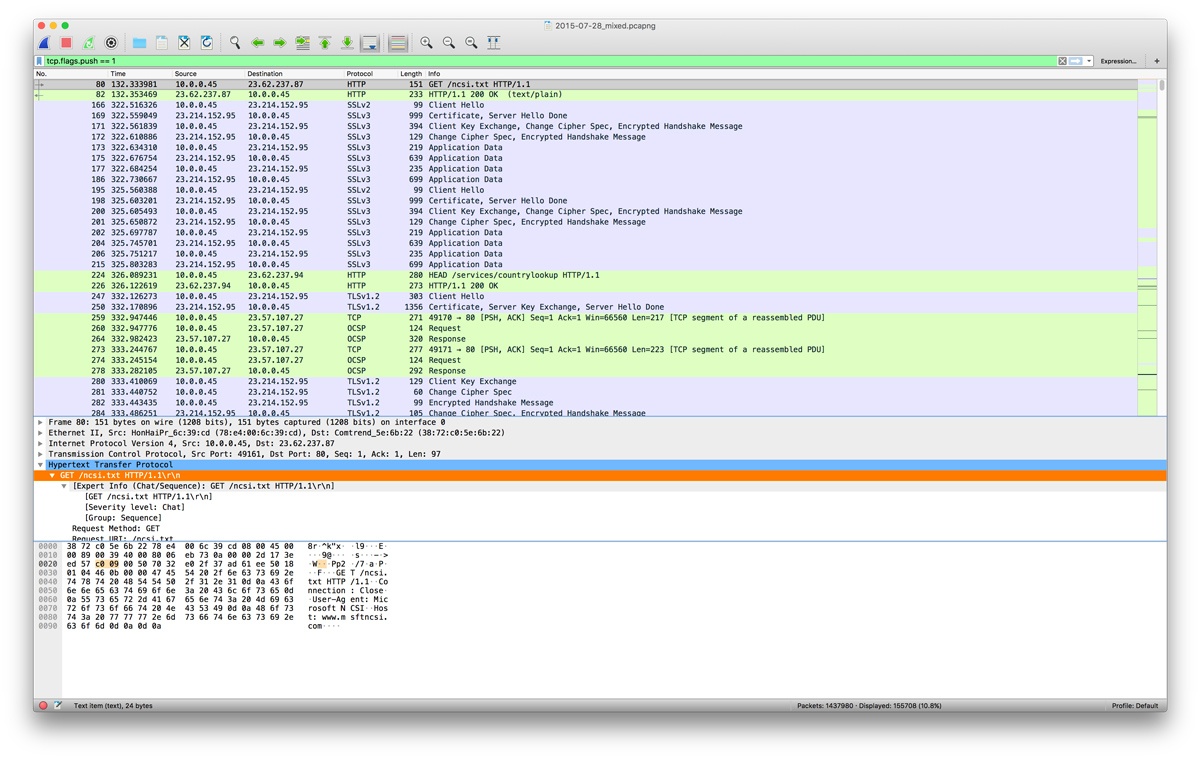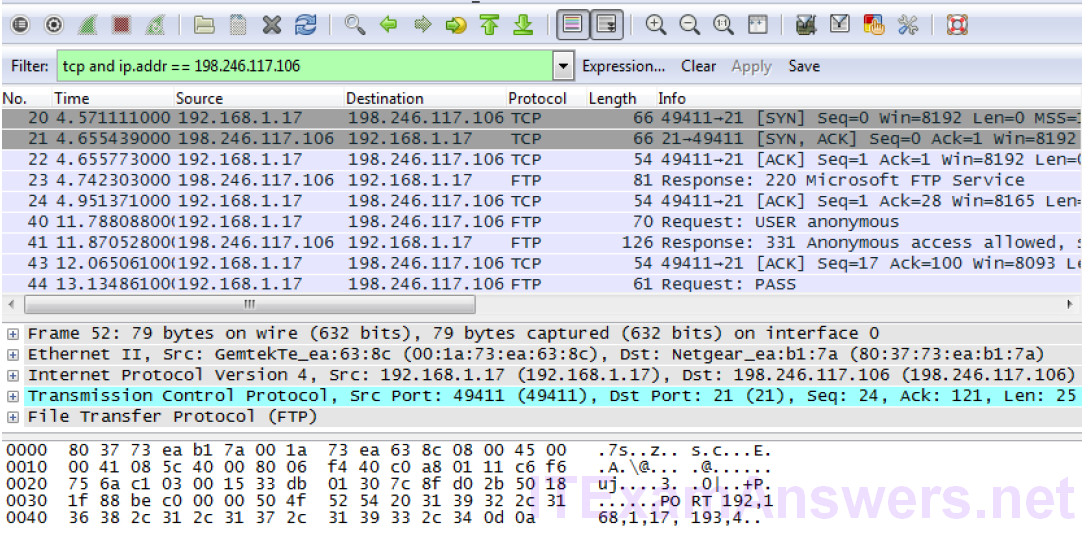

How to use the Performance Data Collector.


Cross Site Request Forgery (CSRF) protection changes in Atlassian REST.How to capture HTTP traffic using Wireshark, Fiddler, or tcpdump.Best practices for performance troubleshooting tools.Database Troubleshooting and How-to Guides.Application Links Troubleshooting Guide.If the router is linux-based, you may run tcpdump on it, saving the capture to a file and download the file for opening in Wireshark on your PC, or pipe it to the PC if storage space is small (see other Questions on this site for a howto).įor capturing at one of the devices involved in the captured communication (the router) one way or another, it is not important whether your PC's VPN interface shares a subnet with the captured devices' interfaces or not. It may also be possible to run a capture directly on the router and let it store it into a file (many of them allow this, albeit most of them have storage space limitation so you can only capture short periods of time) or, instead, to send you a copy of the traffic matching a capture filter encapsulated into UDP packets with a special header (this is what e.g. If, however, both your PC's VPN address and the two remote devices are in 10.11.0.0/16 subnet, your chances are higher if you can convince the virtual switch at the remote end to send a copy of the traffic between the two devices to your VPN interface's virtual MAC address. In this case, your chances for direct capture are very low because there is a routing between the two subnets. You haven't provided your topology, but I assume that your PC has a normal internet connection and a VPN interface which gets an address from the 10.11.7.0/24 subnet while the devices you wish to capture are in 10.11.27.0/24 subnet. That depends on what exactly means remote.


 0 kommentar(er)
0 kommentar(er)
